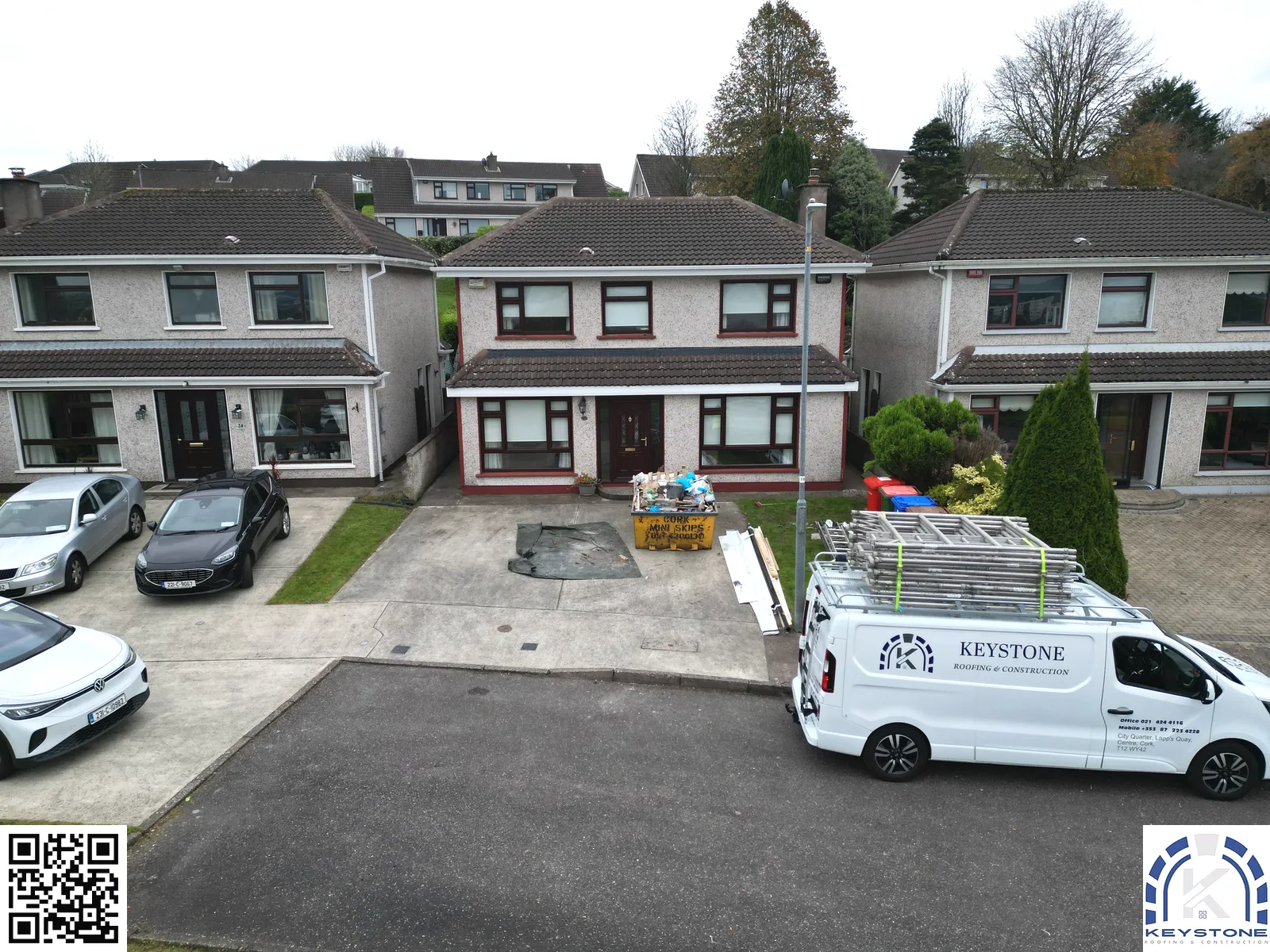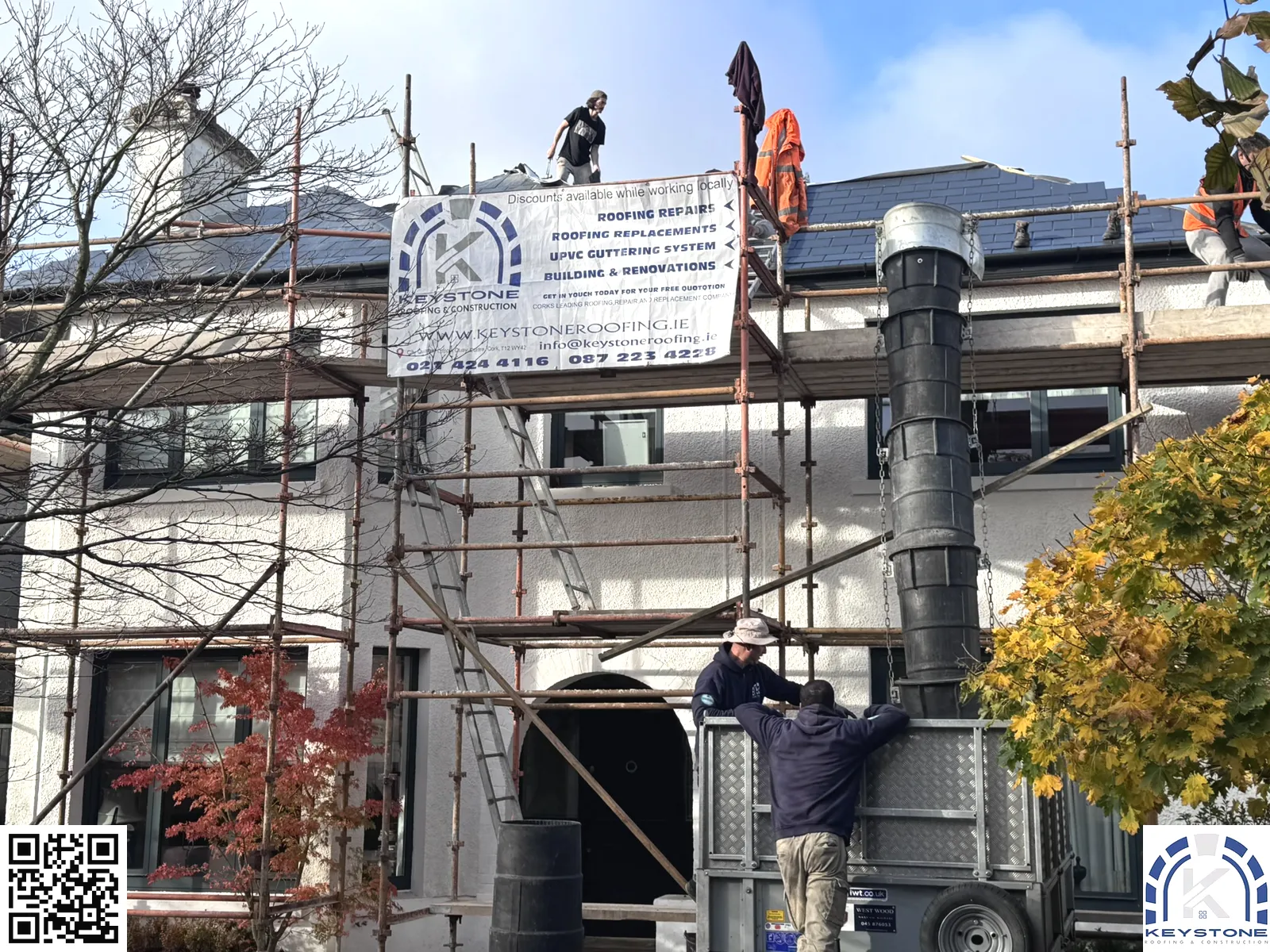Introduction
Severe weather can wreak havoc on any home, and one of the most vulnerable components is your roof. Whether it’s heavy rain, strong winds, or snow accumulation, roofing systems are constantly subjected to the elements. However, knowing how to respond when disaster strikes can save you from costly repairs and extensive damage. In this comprehensive guide, we'll outline essential emergency procedures for severe weather damage on your roof and provide insights into maintaining roof integrity in Cork.
Emergency Procedures for Severe Weather Damage on Your Roof
When facing severe weather conditions that threaten your roof, having a clear action plan is crucial. First off, assess the situation safely from indoors. Do not venture outside unless absolutely necessary. Look for visible signs of damage like leaks or missing shingles from windows or doors.
Recognizing Severe Weather Threats
Understanding what constitutes "severe weather" is essential. Here’s a breakdown:
- Heavy Rain: Can lead to leaks and water pooling. Strong Winds: May dislodge roofing materials. Snow Accumulation: Adds weight and pressure to flat roofs. Hail: Can cause immediate damage to shingles.
Immediate Actions to Take
Stay Indoors: Ensure your safety first. Inspect from Inside: Check for leaks or water stains on ceilings. Document Damage: Take photos for insurance claims. Contact Roofing Services Cork: Get professional help as soon as possible.What Not to Do
Avoid going onto the roof during severe weather as it poses significant risks of injury or further damaging your roof.
Conducting an Initial Roof Inspection After a Storm
Once the storm has passed, it's time to conduct a thorough inspection of your roof's condition.
How to Safely Access Your Roof
If it's safe to do so:
Use a sturdy ladder. Wear appropriate safety gear (like helmets). Have someone hold the ladder while you climb.Areas to Inspect
Focus on these critical areas during your inspection:
- Shingles: Look for missing or damaged pieces. Flashing: Check around chimneys and vents for gaps. Gutters: Ensure they’re free of debris that could cause water buildup.
Things to Look For:
- Cracks in flashing Missing shingles Water pooling in flat areas
Understanding Common Types of Roof Damage
Each type of severe weather presents unique risks that can lead to specific types of damage.

Wind Damage
High winds can lift shingles or even tear them off entirely.
Signs of Wind Damage
- Curled edges of shingles Visible gaps where shingles have come loose
Water Damage
Prolonged exposure to rain can result in serious leaks.
Signs of Water Damage
- Stains on ceilings Mold growth in attic spaces
Snow and Ice Damage
Heavy snow can add excessive weight, leading to structural issues.
Signs of Snow Damage
- Sagging roofs Ice dams forming at eaves
Temporary Fixes Until Professional Help Arrives
Sometimes you might need temporary solutions before getting emergency roof repair services.
Using Tarps Effectively
A tarp can provide a quick solution against leaks.
How To Use Tarps:
Secure one end under the ridge cap. Extend it down over the damaged area. Weigh it down with bricks or stones at the edges.Clearing Debris and Water Puddles
Removing debris can prevent further damage and allow for better drainage:
Clear gutters and downspouts. Remove branches or leaves accumulated on the roof surface.When To Call Roofing Contractors Cork?
Knowing when it's time to call professionals is key in managing severe weather damage effectively.
5 Signs You Need Professional Help:
Extensive missing shingles Multiple leaks appearing simultaneously Structural sagging noticed from inside Water pooling that doesn’t drain properly If you're not comfortable assessing the damage yourselfChoosing the Right Roofing Materials Cork for Repairs
Selecting proper materials is vital when repairing storm damages:
1. Asphalt Shingles
- Affordable and widely used in Cork homes.
2. Metal Roofing
- Durable against harsh weather but more expensive upfront.
3. Flat Roof Options
- Consider TPO or EPDM membranes for flat roofs that face heavy rain or snow loads.
The Importance of Regular Roof Maintenance Cork
Prevention is always better than cure! Regular maintenance helps identify potential issues before they escalate into emergencies.
Key Aspects of Maintenance:
Schedule inspections at least twice a year. Clean gutters regularly to avoid blockages. Trim overhanging branches that may fall during storms.FAQs About Emergency Procedures for Severe Weather Damage on Your Roof
1. What should I do if my roof starts leaking during a storm?
Answer: Move furniture away from affected areas and use buckets to catch dripping water until professionals arrive.
2. Can I perform my own roof repairs?
Answer: While minor repairs may be manageable, significant damages require professional expertise—especially if safety is a concern!
3. How often should I inspect my roof?
Answer: Ideally twice a year—before winter and after spring storms—to ensure everything's intact!
4. How much does emergency roof repair cost?
Answer: Costs vary based on extent but expect anywhere between €200 - €1500 depending on damages assessed by roofing contractors Cork.

5. What type of insurance covers storm-related damages?
Answer: Homeowners’ insurance typically covers storm damages; however, check with your provider for specifics regarding coverage limits!
6. Are there affordable roofing options available?
Answer: Yes! Many contractors offer budget-friendly materials like asphalt shingles which are durable yet economical!
Conclusion
Taking swift action following severe weather damage can mitigate long-term impacts on your home’s structure and value! Always prioritize safety first—whether you’re conducting an initial assessment or waiting for professional help like roofing services Cork arrives! Remember: Regular maintenance plays an integral role in keeping your roofing system robust against harsh elements over time!
In summary, familiarize yourself with emergency procedures for severe Keystone Roofing and Constuction roofing companies cork Roofers Cork - Roof Repairs Cork - Keystone Roofing & Construction weather damage on your roof so you're never caught unprepared! Happy roofing!